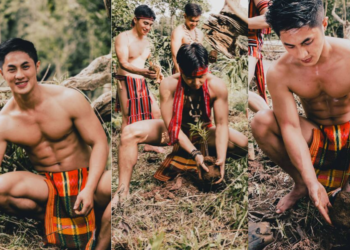The City Information Office disseminated the information to the public, specifically the different government agencies and non-government organizations.The Balayong People’s Park Management Office, in its social media post, informed the stakeholders and partners on how to easily find their Balayong trees using their mobile phones and by scanning the barcode.
The 7-hectare Balayong People’s Park was established in 2017 and was developed as a green space where various outdoor activities could be held. It has been planted with over 1,200 Balayong trees. At least 400 of these were young trees that were saved from the city’s road expansion projects and had been earth-balled and transplanted in the park.
As a tradition, every last day of July, the activity enable those who planted the Balayong trees to nurture their trees by removing weeds and watering the trees, ensuring its survival. The park is now equipped with facilities that include a tower view deck, waterpark, recreational and children’s parks, food complex, and artists’ pavilion, among other facilities.
Today, more than a thousand Balayong bloomed. It is a tropical flowering tree believed to be native to Palawan. It bears white and pink flowers blooming from March to April.
Aside from its Balayong Park, the city also opened its Arboretum that houses both endemic and native trees serving as a center for research and bioreserve.
Two years ago, the City Government through the City Environment and Natural Resources Office (City ENRO) officially opened the 1.5-hectare Arboretum located within the Balayong People’s Park.
Typically, an arboretum also known as green space serves as picnic spots, tourism destination, habitat for wildlife, research among other functions. It also encourages the planting and conservation of trees and other plants for a greener, healthier and aesthetically-pleasing place for people to visit and enjoy.
The City ENRO, headed by Atty. Carlo B. Gomez, highlights the significance of arboretum’s role in reversing the effect of climate change, as it helps encourages the local residents and stakeholders to continue their active involvement in community action to further protect and conserve Puerto Princesa’s diverse terrestrial forest and unique urban forest, rich coastal and other natural ecosystem.




















Discussion about this post